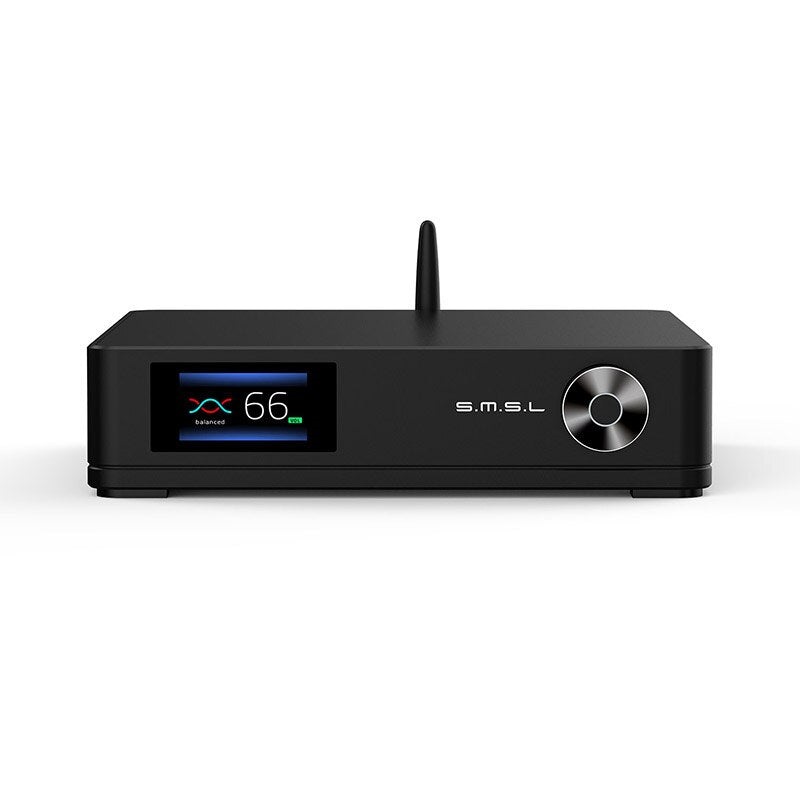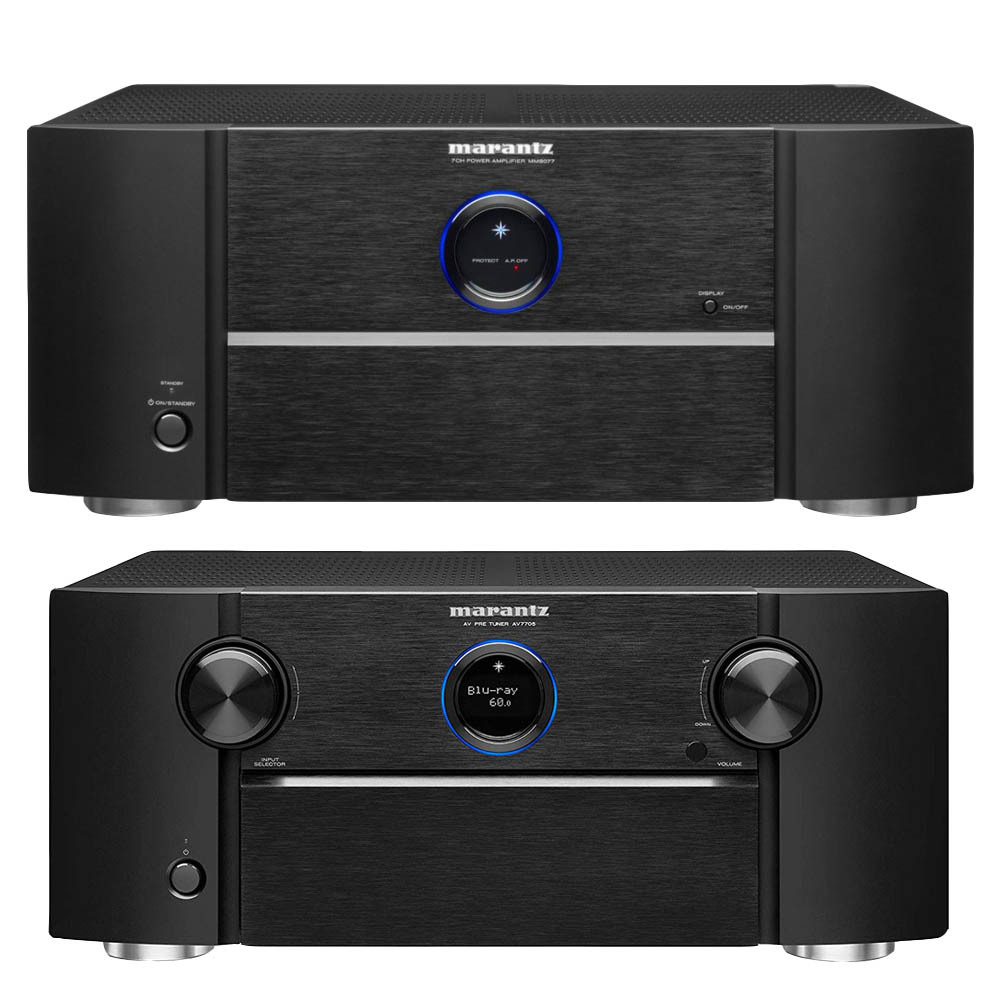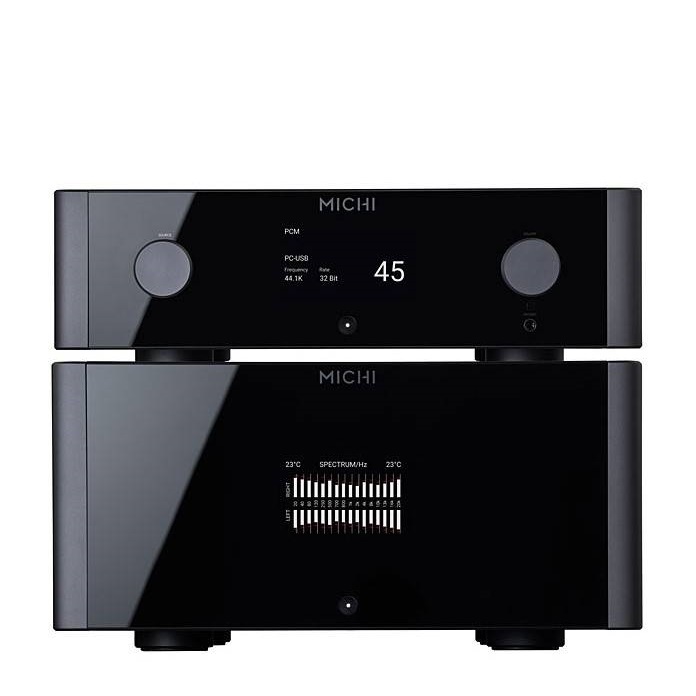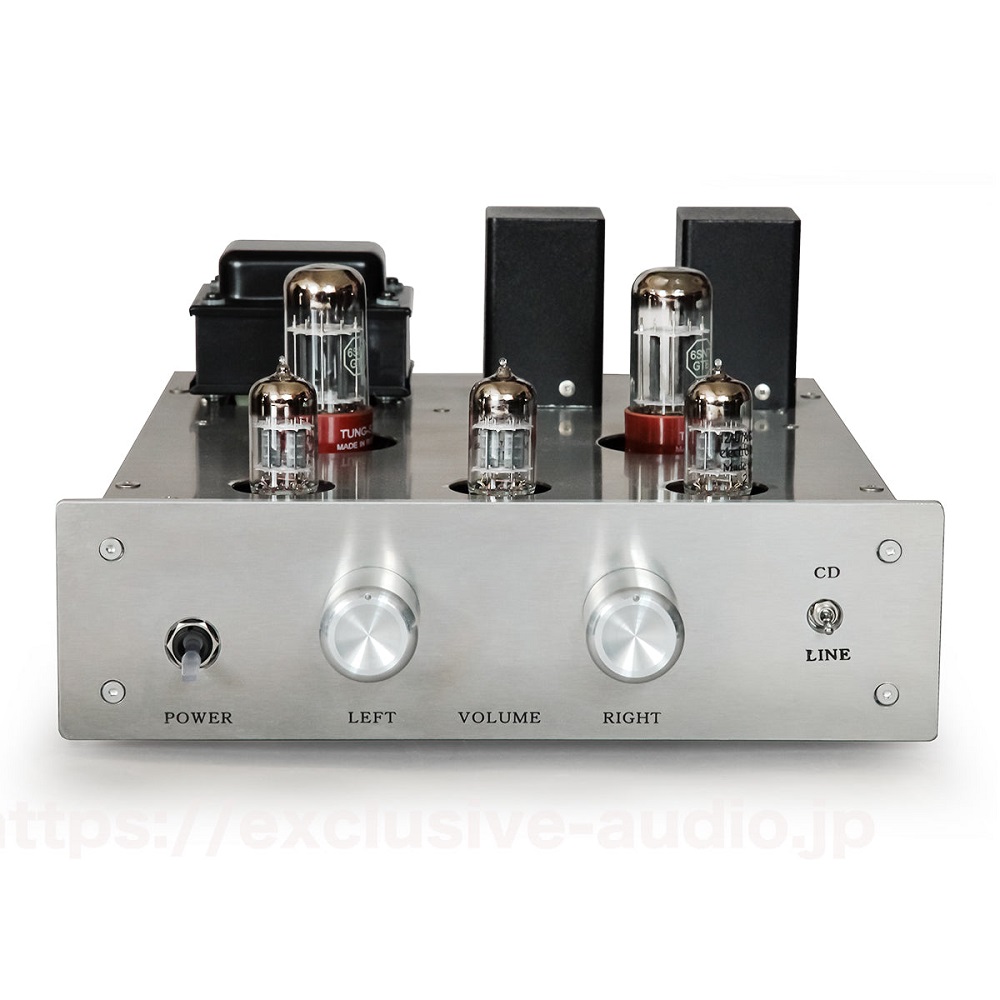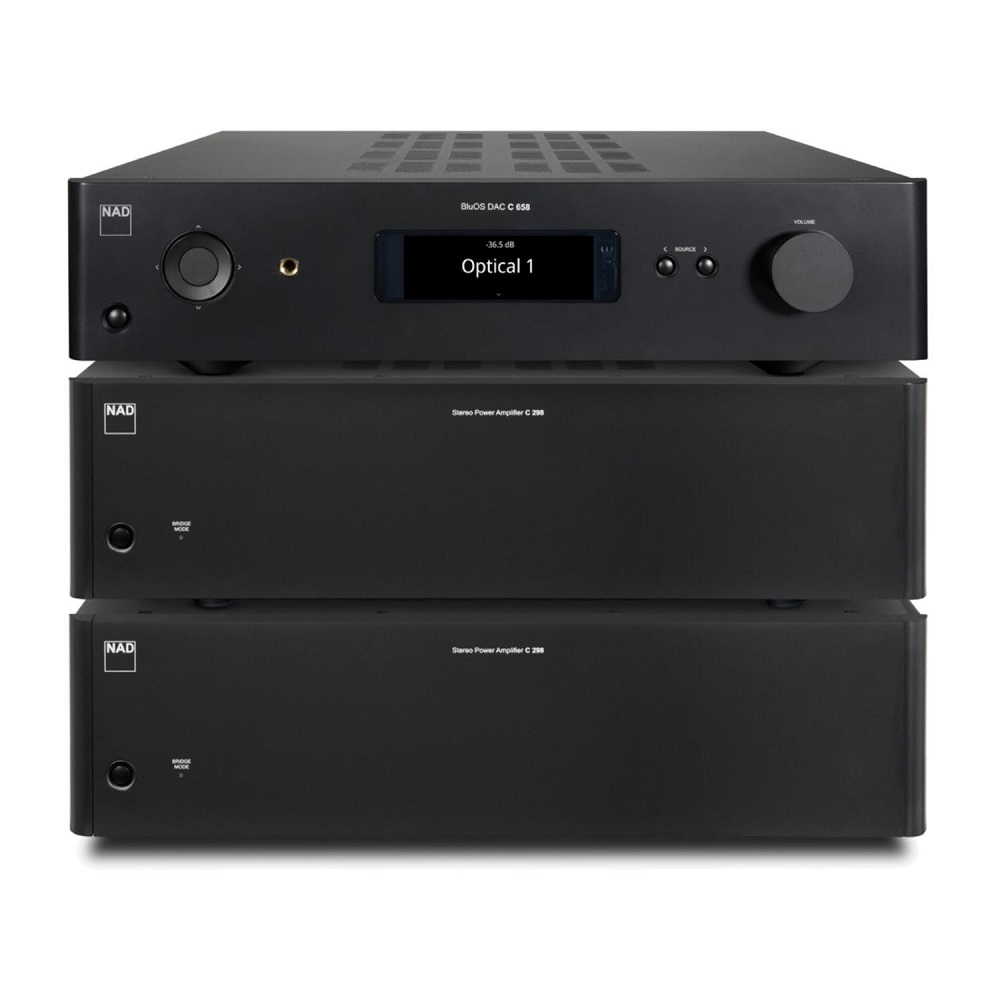Introduction
Audio systems rely heavily on various components to deliver high-quality sound. Among these components, the preamp (preamplifier) and power amplifier play crucial roles. Understanding their functions and how they work together in an audio setup can enhance one’s appreciation of sound technology. Let’s delve into the individual purposes and collaborative interaction of preamps and power amplifiers.
What is a Preamplifier?
Preamplifiers serve as the first stage in the amplification process. They are designed to take weak audio signals from sources like microphones or musical instruments and strengthen them to a level suitable for further amplification. This process is vital because the initial signal often lacks the power needed to drive speakers directly.
Typically, the input signal enters the preamp where it undergoes amplification without altering tonal characteristics. Preamps focus on maintaining signal integrity while boosting power. They also manage impedance matching, ensuring the smooth transmission of signals through the system.
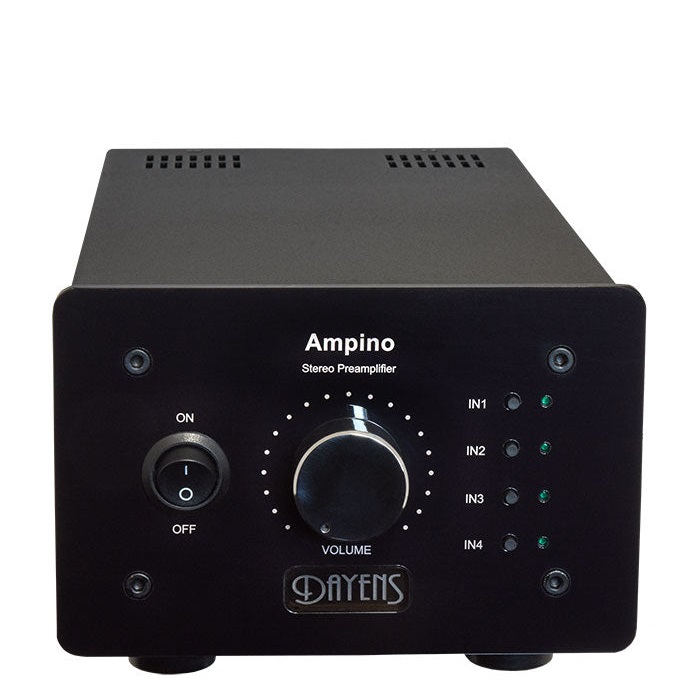
The design of preamps varies greatly depending on the intended application. Pro audio setups, for instance, might require preamps capable of handling different levels of noise reduction and sound shaping. Meanwhile, home audio systems may prioritize user accessibility and space-saving designs. Various types of preamps, including phono preamps and microphone preamps, illustrate the versatility of these devices.
Types of Preamplifiers
Several preamp types exist, each serving distinct purposes. The diversity allows users to tailor their setups for specific needs. Phono preamps, for instance, specifically cater to turntables. They amplify and equalize recordings according to the RIAA (Recording Industry Association of America) standard, compensating for the inherent signal loss during vinyl recording.
Microphone preamps, on the other hand, are designed to handle the unique requirements of microphones. These preamps are essential in both studio and live performance settings, providing the necessary gain and clarity for capturing vocals and instruments accurately.
Universal preamps, capable of working with multiple signal types, provide flexibility. These devices often come with variable gain settings, allowing users to adjust amplification levels based on input requirements. High-end models may also feature advanced controls for sound customization, such as EQ (equalization) settings and noise suppression.
The Role of Preamplifiers in Sound Quality
A preamp’s contribution to sound quality cannot be overstated. The clarity and fidelity of an audio system often hinge on its preamp’s performance. An inadequate or poorly designed preamp can introduce noise and distortion, thereby degrading the overall listening experience.
Preamps strive to provide clean amplification, minimizing additional noise while preserving the original signal’s integrity. Quality preamps ensure an accurate sound stage and reproduce music as authentically as possible. Their ability to balance different elements within an audio signal enhances sound depth and detail, offering listeners a richer auditory experience.
Beyond mere amplification, preamps can include sound processing features. Some models offer dynamic range adjustments, tone controls, and digital sound enhancement, helping users craft their desired audio profile.
Factors Affecting Preamp Choice
When choosing a preamp, several factors come into play. The nature of the source material, the user’s personal preference, and the preamp’s intended use are all critical considerations.
For audiophiles, signal purity and the capacity for high-fidelity sound reproduction take precedence. Musicians and producers might prioritize low noise levels and versatility to accommodate various audio sources. Meanwhile, casual users may seek user-friendly devices that integrate seamlessly into existing systems.
Compatibility also plays a vital role. Not every preamp works well with all components, so ensuring synergy throughout the audio chain is crucial. The preamp should complement the subsequent power amplifier, matching its input requirements and preserving sound characteristics.
Besides technical specifications, budget constraints guide preamp selection. Higher-end preamps come with advanced features but often at a significant cost. Balancing these features against budgetary limits helps in making a practical choice.
Conclusion
In essence, the preamp is an essential audio component that bridges the gap between source signals and full-amplification stages. By amplifying weak signals to a usable level and preserving sound quality, preamps set the foundation for clear, dynamic audio reproduction. Understanding their role and functions aids in selecting the right preamp for any audio setup.
Understanding Power Amplifiers
A crucial component following the preamp in an audio system is the power amplifier. Power amplifiers boost the audio signal further, allowing it to drive the speakers and produce sound at audible levels. The interaction between preamps and power amplifiers defines the overall sound output, making them indispensable in audio systems.
The Function of Power Amplifiers
Power amplifiers receive signals from the preamp, which have been amplified but lack the power to efficiently drive speakers. The primary function of a power amplifier is to take this line-level signal and amplify it to a level sufficient to operate a speaker or loudspeaker system.
Power amplifiers focus on delivering large amounts of current and voltage to speakers without distorting the signal. The fidelity and efficiency of a power amplifier are crucial, as they determine how accurately the sound is reproduced. A well-designed power amplifier provides ample power with minimal distortion, ensuring a clean and faithful sound reproduction.
Components of Power Amplifiers
Power amplifiers consist of various components that work harmoniously to achieve amplification. These elements can vary significantly between designs but typically include transistors or tubes, power supplies, heat sinks, and feedback circuits.
Transistors or tubes form the heart of the power amplifier, responsible for increasing signal strength. While transistor-based amplifiers are commonly used in modern devices due to their efficiency and reliability, tube amplifiers are favored by some audiophiles for their warm, analog sound.
Power supplies deliver the necessary electrical energy required for amplification. The quality of a power supply greatly impacts a power amplifier’s performance. Robust power supplies handle dynamic audio signals without faltering, providing consistent output under varying loads.
Heat sinks are essential as power amplifiers generate significant heat during operation. Efficient heat dissipation through these components prevents overheating, which can affect performance and lead to potential damage.
Feedback circuits help stabilize the amplifier’s output. By comparing the amplifier’s input and output, feedback mechanisms adjust any discrepancies, ensuring consistent and stable performance.
Importance of Power Amplifiers in Audio Systems
Power amplifiers are fundamental to achieving high-quality sound in any audio system. Their presence directly influences the potential loudness and clarity of audio playback. Without an effective power amplifier, speakers can neither produce adequate sound levels nor replicate audio content accurately.
The quality of a power amplifier also determines its ability to handle varying speaker loads. High-performance amplifiers can drive speakers with different impedance levels, coping better with complex audio signals and maintaining sound integrity.
In live performance settings, power amplifiers are indispensable. They ensure that sound can reach large audiences with clarity. Similarly, in-home theaters and hi-fidelity setups, power amplifiers enhance the immersive experience by delivering powerful, crisp sound.
Considerations When Selecting Power Amplifiers
Selecting a power amplifier involves weighing several key factors. Power output is a primary consideration. It should match the speaker’s requirements to achieve optimal performance. A mismatch can result in inefficient sound reproduction or even damage the speakers.
The amplifier’s distortion levels significantly impact sound quality. Lower distortion levels preserve audio purity, preventing audible artifacts that can detract from the listening experience.
Combining efficiency and thermal management in an amplifier is essential to long-term reliability. Efficient designs minimize power wastage and heat generation, enhancing performance and longevity.
User interface and connectivity options influence ease of use and integration within an audio system. Amplifiers with visual displays, remote controls, or diverse input options enable seamless operation and system compatibility.
Conclusion
Power amplifiers are pivotal in audio systems, enabling speakers to produce sound with power and clarity. A well-chosen amplifier maintains sound integrity while delivering adequate volume and dynamics. Understanding the technology and considerations behind power amplifiers supports informed decision-making when enhancing audio setups.
Integrated Amplifiers: Combining Preamps and Power Amplifiers
The amalgamation of preamps and power amplifiers into a single unit results in an integrated amplifier. These devices offer convenience and efficiency, particularly for home audio systems or smaller setups. Exploring the benefits and considerations of integrated amplifiers provides a broader perspective on audio devices.
Benefits of Integrated Amplifiers
Integrated amplifiers hold distinct advantages, particularly for users seeking simplicity. By combining preamp and power amplifier functions, they minimize the need for interconnecting cables and separate power supplies, reducing clutter and setup complexity.
Space-saving designs make integrated amplifiers ideal for installations with limited room. They offer substantial power and performance in a compact form, fitting seamlessly into modern living spaces without compromising on functionalities.
User-friendly operations are a hallmark of integrated amplifiers. They often come with intuitive interfaces, enabling users to control both preamp settings and sound amplification with ease. Integrated amplifiers appeal to those not wanting the technical challenges of managing multiple standalone components.
Overall cost efficiency is another appealing aspect. Integrated amplifiers often cost less than purchasing separate preamp and power amplifier units of similar quality. This financial benefit makes them accessible to a broader audience without sacrificing performance or quality.
Integrated Amplifier Designs and Distinctions
Integrated amplifier designs can vary significantly, catering to different preferences and applications. Basic models focus on core amplification needs, making them suitable for entry-level setups or casual listeners. These amplifiers deliver adequate sound quality and power without excess features, prioritizing cost-effectiveness and simplicity.
High-end integrated amplifiers target audiophiles desirous of superior sound reproduction. These models incorporate advanced technologies such as high-resolution audio processing, custom sound profiles, and network connectivity. Premium components ensure minimal distortion and maximized sound fidelity, delivering an enriched listening experience.
Hybrid designs incorporating tube and transistor technologies present unique sound characteristics. This blend offers the warm, rich tones associated with tube amplifiers alongside the efficiency and reliability of transistor-based systems.
Some integrated amplifiers cater to digital audio sources, supporting streaming services, Bluetooth connectivity, and high-definition digital formats. These models align with modern listening trends, enabling seamless integration with digital devices like smartphones and computers.
Considerations for Integrated Amplifiers
Although integrated amplifiers present numerous benefits, potential users must consider certain factors. The power output of the amplifier should align with speaker capability, ensuring proper drive and sound reproduction. Overloading or underpowering the system can lead to inadequate performance or equipment damage.
Another consideration is future expandability. Integrated amplifiers may limit upgrade potential compared to separate components. Users contemplating future system enhancements might find the flexibility of individual preamps and power amplifiers more appealing.
The quality of built-in components influences the amplifier’s performance. Testing or reviewing individual integrated amplifier models provides insights into their sound profiles and technical capabilities, aiding in informed purchasing decisions.
Also, connectivity options may vary between models. Integrated amplifiers with diverse input and output terminals simplify connections with various audio sources and speakers, enhancing versatility.
Conclusion
Integrated amplifiers offer a streamlined solution for audio systems, merging preamp and power amplifier functions into a single, efficient unit. Their convenience, compact designs, and cost-effectiveness make them a noteworthy choice for many audio enthusiasts. Evaluating their features and limitations helps users decide whether an integrated amplifier suits their specific needs.
Conclusion
Preamps and power amplifiers are integral to the creation and enjoyment of high-quality audio systems. Understanding each component’s unique role and how they work together enriches our appreciation and selection of these technologies. Whether opting for separate devices or integrated solutions, informed choices ensure enhanced listening experiences tailored to individual preferences and settings.
